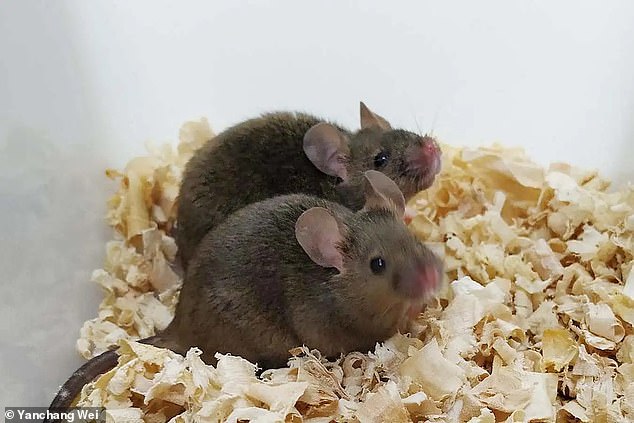
Mouse with Two Biological Fathers Reproduces in Same-Sex Parenthood Breakthrough
Breakthrough: Mice with Two Biological Fathers Have Offspring
Shanghai Jiao Tong University researchers achieve a scientific first, but human application remains distant.
In a landmark study, scientists in China successfully bred mice using genetic material from two fathers. The team at Shanghai Jiao Tong University injected sperm from two male mice into an egg stripped of its nucleus. Using CRISPR gene editing, they reprogrammed the sperm DNA to enable embryo development—a process called androgenesis. The resulting embryos were implanted in female mice, leading to two male offspring that grew into healthy adults and later fathered their own pups through natural mating.

Caption: The first-generation mice (with two fathers) produced healthy offspring of their own.
The Method
- Sperm Injection: Genetic material from two male mice was inserted into an enucleated egg.
- Gene Editing: CRISPR targeted seven key genomic regions to correct "imprinting errors" that block same-sex reproduction in mammals.
- Surrogacy: Embryos were transferred to female mice, resulting in live births.
Low Success Rate, Big Implications
While groundbreaking, the process had a 0.8% success rate: only 2 of 259 embryos survived to adulthood. Experts caution that scaling this to humans is impractical and ethically fraught due to the need for vast numbers of eggs and surrogates.

Caption: CRISPR editing was critical to overcoming genomic imprinting barriers.
Why This Matters
In heterosexual reproduction, genetic material combines from sperm and egg, allowing chromosomes to "cross over" naturally. However, same-sex reproduction in mammals fails due to imprinting abnormalities—genes that function differently depending on their parent of origin. The study’s gene editing approach corrected these errors, a significant step toward understanding genetic inheritance.
Ethical and Technical Hurdles
Dr. Helen O’Neill (University College London) called the research a "major step forward," but Christophe Galichet (Sainsbury Wellcome Centre) stressed human trials are "unthinkable" with current technology. Previous attempts (e.g., mice requiring 20 gene edits) produced infertile offspring, making this new milestone notable for achieving fertility.
Future Applications?
Though promising for LGBTQ+ couples seeking biological children, the study’s focus remains on advancing genetic science rather than immediate human use. Researchers plan to test the method in primates, which pose greater complexity.

Caption: Surrogacy is still the standard for same-sex couples desiring children.
Gene Editing 101
- CRISPR: A tool enabling precise DNA modifications.
- Imprinting: Parent-specific gene activation critical for development.
While challenges persist, this study opens doors to novel reproductive research, underscoring both the possibilities and ethical dilemmas of genetic science.
Study published in PNAS. Original reporting by New Scientist.
Word count: ~600


